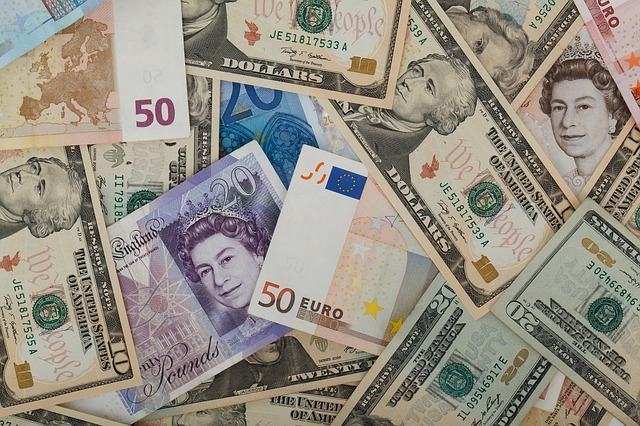The Hong Kong government said Friday that the special administrative region's economy saw a 9 percent fall in the second quarter in comparison to the previous year as the city continued to be adversely affected by the COVID-19 pandemic. The pace of the second quarter juxtaposed with a decline of 9.1 percent last year, and an advanced estimate of 9 percent negative.
Also, on a quarterly basis, the economy shrank an adjusted 0.1 percent for the period April-to-June, following a revised 5.5 percent decrease in the first quarter. The Hong Kong government also reappraised its forecast for the current year to a decline of 6 percent to 8 percent from an initial forecast of shrinkage of 4 percent to 7 percent.
World Market Struggles Amid Sheenless Chinese Data
Global shares dipped on Friday after lackluster Chinese economic data and worries about a delay in US fiscal stimulus discouraged some investors from taking on risk. European shares were also dragged lower by a hit to travel stocks after Britain added more European countries to its quarantine list. The pan-European STOXX 600 was down 0.7 percent, although on track to gain for a second straight week.

MSCI's world index was 0.2 percent lower, drifting further from all-time highs touched in February. The index has still rallied close to 50 percent from March's trough in the wake of the COVID-19 pandemic. "The rally was over-extended and most of the good news is already priced in," said Francois Savary, chief investment officer at Swiss wealth manager Prime Partners.
"There are no more positive than expected earnings and we're back to the macro background and the checking of the data regularly to see if the recovery is sustainable. Markets are pricing a lot of good news and we will be entering a period of volatility with the US elections coming up."
Choppy Chinese Share Rises
Preliminary European employment and GDP numbers due at 0900 GMT and US retail sales figures at 1230 GMT will be watched for signs of divergence between the US and European recoveries. Data showing a slower-than-expected rise in Chinese industrial production and a surprise fall in retail sales put Asian shares on the backfoot.
MSCI's broadest index of Asia-Pacific shares outside Japan fell 0.1 percent, although shares in Japan rose by 0.2 percent. Chinese shares rose 1.5 percent in choppy trade, with the data suggesting domestic demand is still struggling after the coronavirus outbreak. E-mini futures for the S&P 500 were flat.
The benchmark German 10-year Bund yield fell to -0.42 percent after rising for three sessions and having touched a six-week peak in early trade. Yields on US Treasuries remained elevated after an auction of 30-year bonds on Thursday met weak demand.

Further equity gains are likely to be limited as investors await progress in negotiations over US economic stimulus, which is necessary to prevent a nascent recovery in the world's largest economy from sliding into reverse. Some traders stuck to the sidelines before a meeting between the US and Chinese officials about their Phase 1 trade deal on Saturday.
Gold Prices Fall
Spot gold fell 0.35 to $1,947.43 as high US Treasury yields prompted investors to reassess their positions. Bullion has declined more than 4 percent so far this week, its biggest weekly percentage fall since early March. Data on Thursday showed the number of Americans seeking unemployment benefits dropped below one million for the first time since the start of the pandemic but was not enough to change economists' views that the jobs market is faltering.
The US Treasury yields also supported the US dollar, which held steady at 106.90 yen and $1.1812 against the euro. The dollar index was headed for an eighth consecutive week of losses, its longest weekly losing streak since June 2010.
Oil edged further below $45 a barrel amid worries about supply recovery and rising supply. Brent crude fell or 0.7 percent to $44.67, reversing this week's gains. The US West Texas Intermediate slipped 0.6 percent to $41.99.
(With inputs from agencies)








